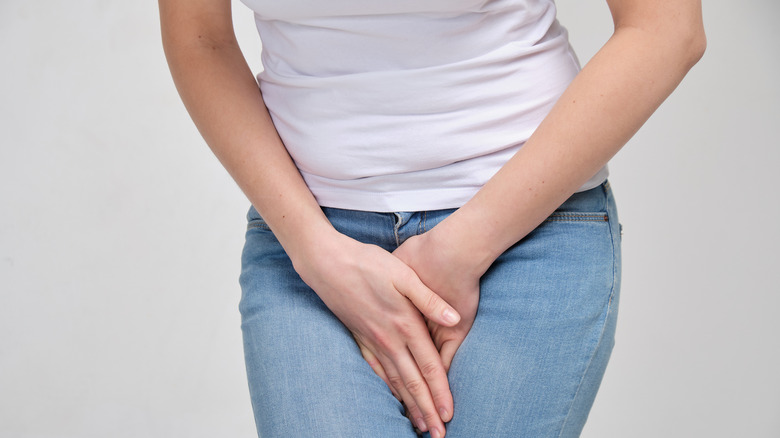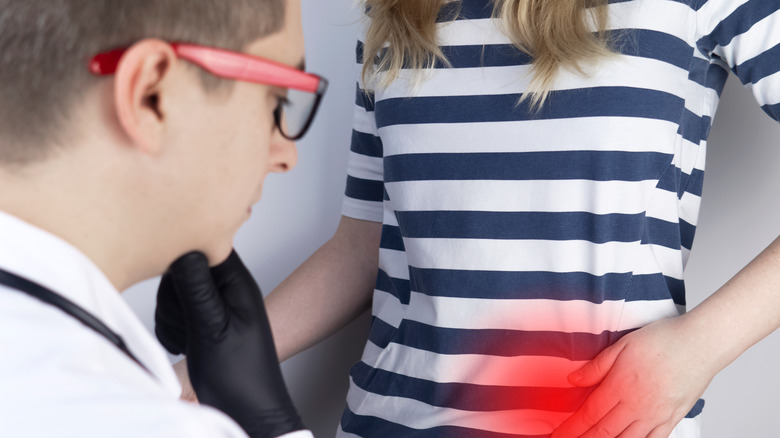Do you have groin pain when walking, running, or standing up from a sitting position?
First of all, don’t panic.
This symptom is typically due to minor injuries, such as a strained muscle, according to theMayo Clinic.

In rare cases, it may indicate a more serious condition.
Its exact cause depends on what other symptoms you experience.
Some of the conditions that may result in groin pain are specific to women.

For example, ovarian cysts can cause lower abdominal pain that radiates to the hip and groin, explainsHealthline.
Endometriosis, a condition characterized by tissue overgrowth outside of the uterus, causessimilar problems.
The pain can radiate down the inner thigh.

Groin strains are usually treated with physiotherapy, ice and heat therapy, or compression.
Surgery is only recommended in severe cases, notes Physiopedia.
If your symptoms persist, see your doctor for further investigation.

The risk increases with age.
UTIs typically causeseveral other symptomsin addition to groin pain.
You may also notice that your urine is cloudy or has a foul odor, notes theUrology Care Foundation.
Simple UTIs are treated with a short course of antibiotics.
A complicated UTI, on the other hand, requires prolonged antibiotic therapy and can lead to kidney infections.
In either case, the infection can return after treatment.
In some cases, it’s the culprit behind chronic pelvic pain and infertility.
Pelvic inflammatory disease is often due to bacterial infections and tends to affect young women.
Untreated sexually transmitted infections can play a role, too, according to theCenters for Disease Control and Prevention.
Early diagnosis may help prevent complications and increase your chances of recovery.
Sometimes, groin pain is a sign of arthritis, kidney stones, or hip problems, says PeaceHealth.
A herniated disc andother spine disordersmay cause aches in the groin area, too.
Many of these conditions have non-specific symptoms and can be difficult to diagnose.